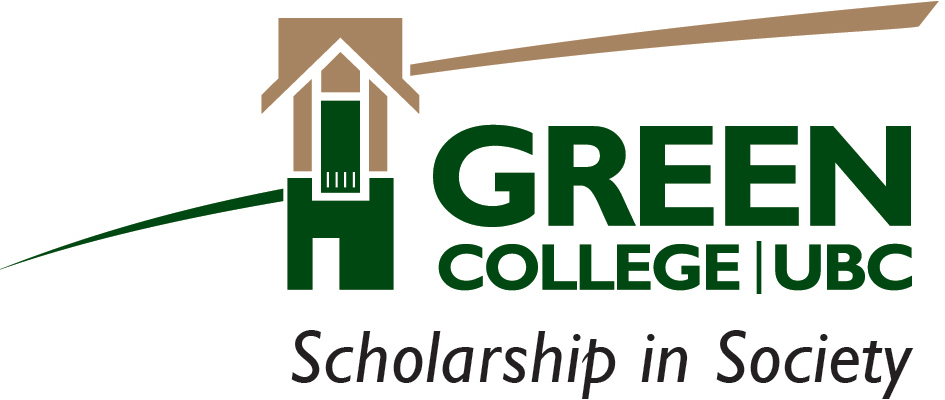Green College Resident Members' Series
Chelation Therapy for β-Thalassemia, and a New Tripodal Ligand for Potential Nuclear Diagnostic Imaging
-
Guadalupe Jaraquemada Peláez, Chemistry
Coach House, Green College, UBC
Monday, October 19, 8-9 pmin the series
Green College Resident Members' Series -
Medicinal inorganic chemistry deals with the introduction of metal ions in the body, but also with their removal or passivation. Thermodynamic and kinetics aspects regarding the complexation of metal ions of medical interest are significant for a correct understanding of the role of metals in human diseases. In particular, they are very important to design new molecules as chelating agents, or for potential diagnostic and radionuclear therapeutic medicinal applications.
Chelation therapy is widely used for metal-unbalance related diseases, namely those due to disorders on metal metabolism, such as beta-thalassemia, hemochromatosis (Fe), and neurodegenerative diseases (Cu, Fe, Zn and Al). The study of metal chelators for clinical applications—either as chelating therapeutics able to target specific metal ions in the body or as metal-carriers for therapeutic or imaging purposes—is a topical research area which faces urgent medical problems. Metal-chelating drugs are used in many ways for the prevention, diagnosis and treatment of cancer. This is because cancer cells, like normal cells, require essential metal ions such as iron, copper and zinc for growth and proliferation. Chelators can target the metabolic pathways of cancer cells through the control of proteins involved in the regulation of these metals and also of other molecules involved in cell cycle control, angiogenesis and metastatic suppression.
The talk will focus on Chelation therapy as an improvement on metal ion balance in metal metabolism disorders (e.g. anaemia, β-thalassemia, hemochromatosis, Wilson’s disease) in which improved absorption or accelerated removal of metal ions is desirable. This can be achieved through studies of new compounds characterized by their strong interaction with specific metal ions. For this reason, they can potentially be used as pharmaceutical drugs for diagnosis or therapy. The talk will include a multidisciplinary approach focusing mostly on chemistry, but will also incorporate biochemistry and biology.
-
Unless otherwise noted, all of our lectures are free to attend and do not require registration.
October 19 - October 20, 2015
1:00 pm to 2:00 pm
Coach House
6201 Cecil Green Park Rd
Speakers
Guadalupe Jaraquemada Peláez, Chemistry